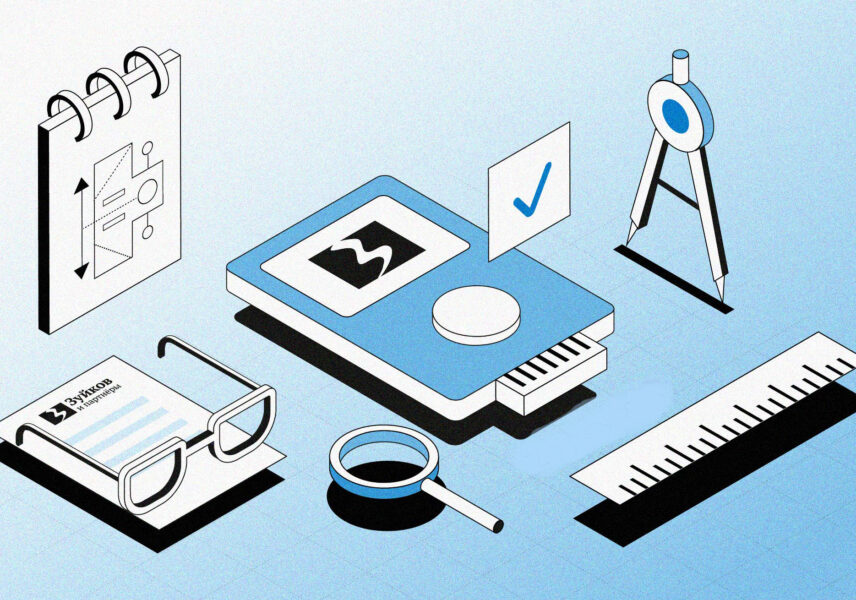
Small but Mighty Beginnings 🌱
Hello there! 😊
In this post, we’ll dive into a friendly but informative chat about what happens when the protection period of a utility model expires, and whether it makes sense to apply for a patent afterward. Let’s explore together why some inventors start with short-term protection, move on with a patent later, and how this choice plays out in terms of costs.
1) What Is a Utility Model, and Why Choose It?
A utility model is often called a “mini-patent.” It doesn’t require the same complex and lengthy procedures as a patent. It does check for novelty, but the requirement for an inventive step is usually looser. Typically, it offers protection for 6–15 years, is faster, and more affordable. WIPO’s page on utility models explains this system in detail.
For example:
- In China, a utility model usually lasts 10 years and costs around USD 1,000 (King & Wood Mallesons analysis).
- In Germany, the full 10-year protection costs about €1,100 (IAM Media article).
- More broadly, the Wysebridge guide shows how utility models are faster, cheaper, and require less examination compared to patents.
That’s why utility models are often a great first step for small businesses or innovators who want to enter the market quickly.
2) Patents: Longer Protection, Higher Costs
Patents generally last 20 years but are more expensive to obtain and maintain:
- In the U.S., a simple patent filing fee can be USD 1,000–2,000. Attorney fees can add USD 5,000–7,000 for simpler cases and USD 16,000+ for complex ones (like software), according to Number Analytics.
- On top of that, patents take 3–5 years of examination. Both China Patent Strategy and the Patent Trademark Blog explain these differences in detail.
3) Cost Comparison in a Simple Table
Here’s a quick table that shows the contrast more clearly 😊
| Criteria | Utility Model | Patent |
|---|---|---|
| Avg. Application Time | ~6–12 months (depends on country) | ~3–5 years (with examination) |
| Protection Term | ~6–10 years (varies by country) | ~20 years (most countries) |
| Filing Cost (example) | China: ~USD 1,000; Germany: ~€1,100 | U.S.: USD 1–2k + attorney fees |
| Example Total Cost | e.g., 1,000 + 200×6 = USD 2,200 | e.g., 10,000 + 1,000×20 = USD 30,000 |
| Examination Level | Formal/limited (fast) | Full, detailed (novelty + inventive step) |
| Risk & Strength | Weaker but quick protection | Strong and enforceable |
These estimates are based on the Number Analytics study.
4) A Personal Example 🌟
Let me share a little story. One day, I designed a small mechanical device. I was in a rush to launch it on the market because competitors could easily copy it. So, I first filed for a utility model. It was fast, cheap, and gave me breathing room. Later, when the protection expired, I thought: “I’m still leading in the market, but now I need long-term security.” That’s when I applied for a patent. Yes, it was costly, but it gave me peace of mind for the long run 😊
This shows how a two-step strategy works: quick protection first → stronger protection later.
5) Deeper Insight: Why Transition Matters
- Quick entry + low budget mode: a utility model lets you move fast.
- Long-term security mode: a patent gives you confidence and stronger rights.
- This dual strategy is especially powerful in competitive industries (like electronics or innovative gadgets).
In fact, some countries (such as China) even allow you to hold both at the same time, creating a “double win” strategy (China Patent Strategy guide).
6) A Simple Flow Diagram
[Utility Model Application] → (Quick Protection, Short-Term)
↓
(Expiry of Protection)
↓
[Patent Application] → (Long-Term, Strong Protection)
This flow makes it easy: fast entry first, long-lasting protection later.
Conclusion: A Warm Wrap-Up 🌟
Dear reader, today I walked you through the cost and time dynamics of utility models versus patents—casually, almost like a personal chat. Remember:
- A utility model is quick, affordable, but short-term.
- A patent is long-term, strong, but more expensive.
Sometimes a “small but effective step” is all you need; sometimes it’s about “staying strong for the long haul.” Maybe one day, when you go through the same journey, you’ll say: “I moved fast at first, then secured my future with a patent.” That’s when you’ll feel this post was written just for you.
Take care, and may your days be full of innovation 🚀
